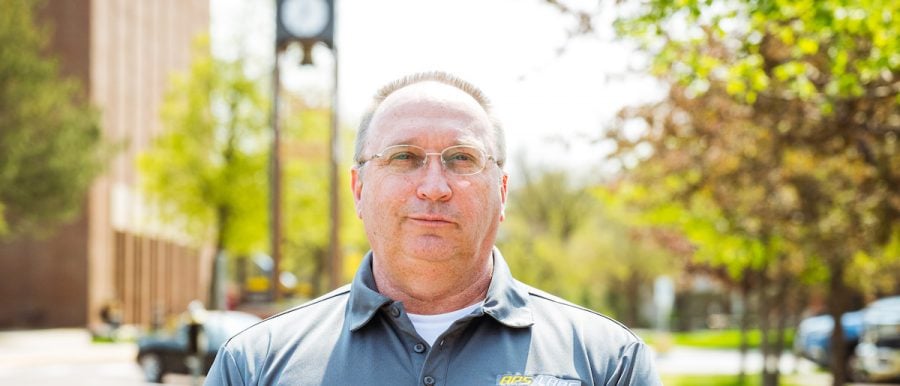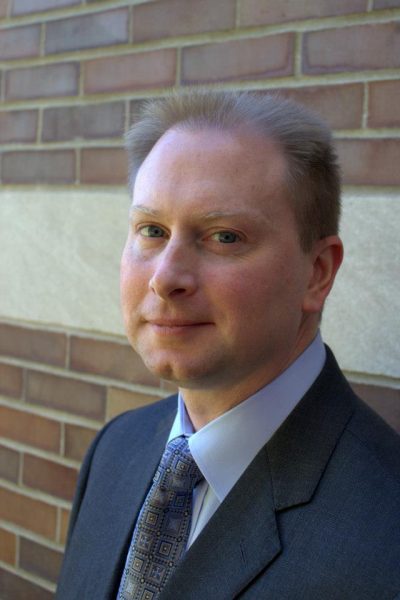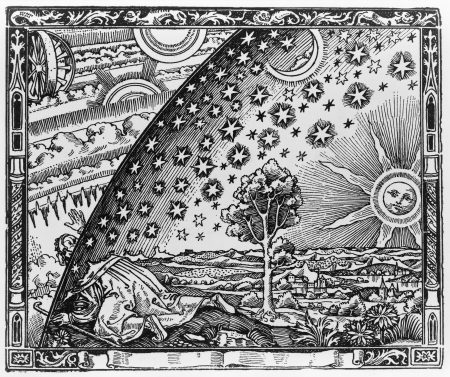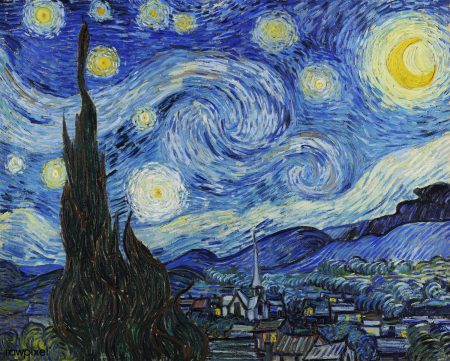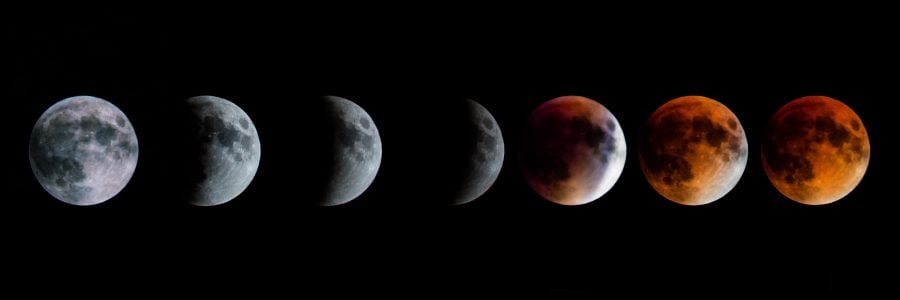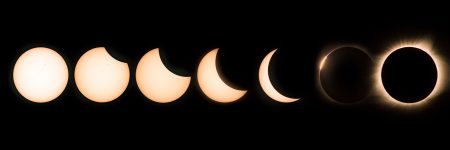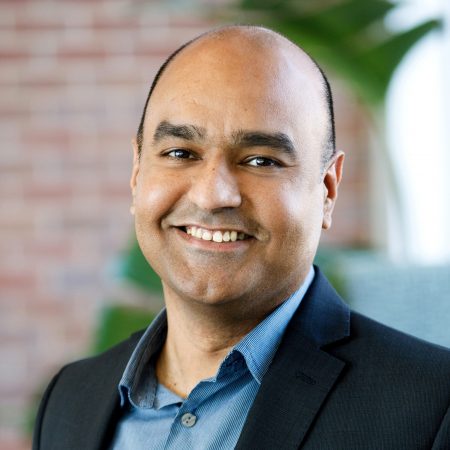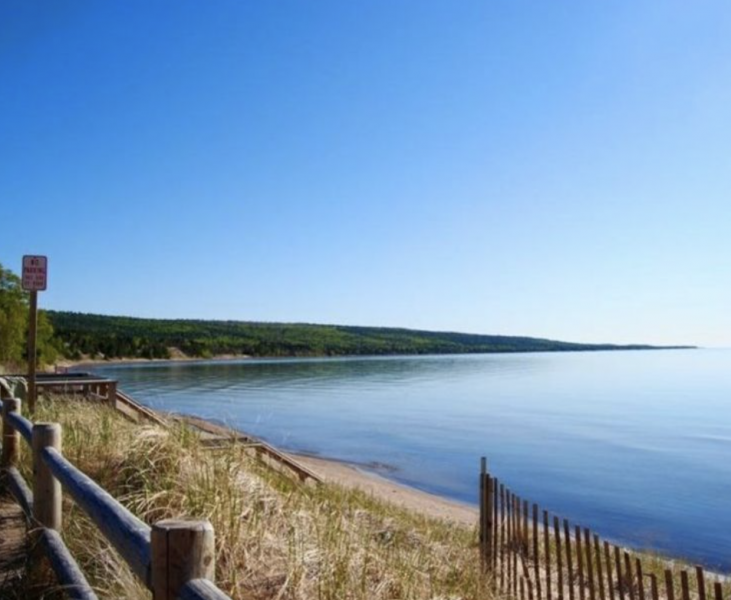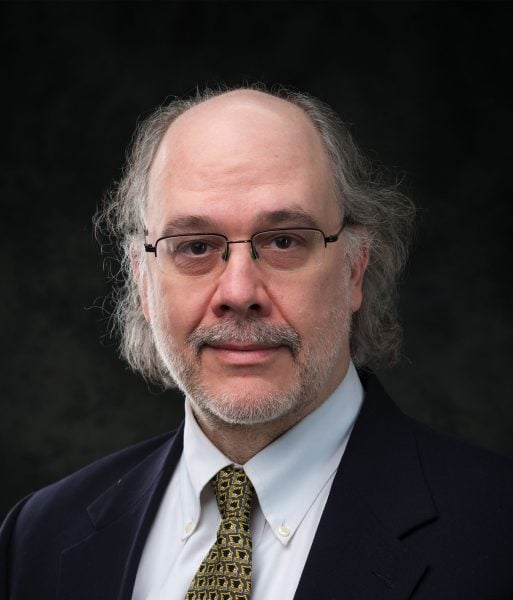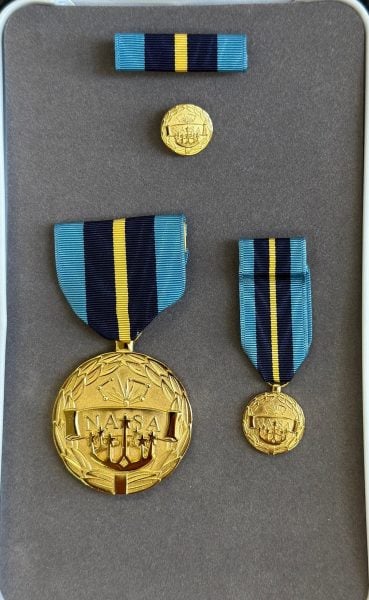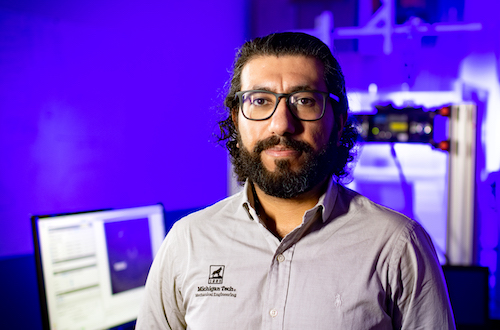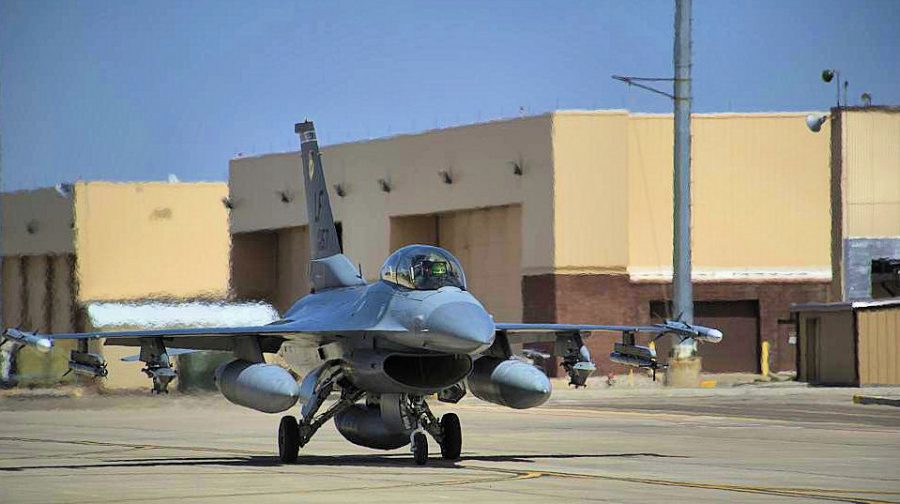Jeffrey D. Naber is the 2023 recipient of the prestigious Internal Combustion Engine (ICE) Award, presented annually by the American Society of Mechanical Engineers (ASME).
Naber is the Department of Mechanical Engineering-Engineering Mechanics’ (ME-EM’s) Richard and Elizabeth Henes Professor in Energy Systems and director of the Advanced Power Systems Research Center (APSRC/APS Labs) at Michigan Technological University. He was honored with the award at the ASME’s 2023 ICE Forward Conference, held Oct. 8-11 in Pittsburgh, Pennsylvania.
The ASME ICE Award recognizes eminent achievement or distinguished contribution over a substantial period of time, which may result from research, innovation or education in advancing the art of engineering in the field of internal combustion engines; or in directing the efforts and accomplishments of those engaged in engineering practice in the design, development, application and operation of internal combustion engines.
Naber, the recipient of Michigan Tech’s 2022 Research Award, was nominated for ASME ICE Award recognition by Seong-Young Lee (ME-EM).
By Mechanical Engineering-Engineering Mechanics.
